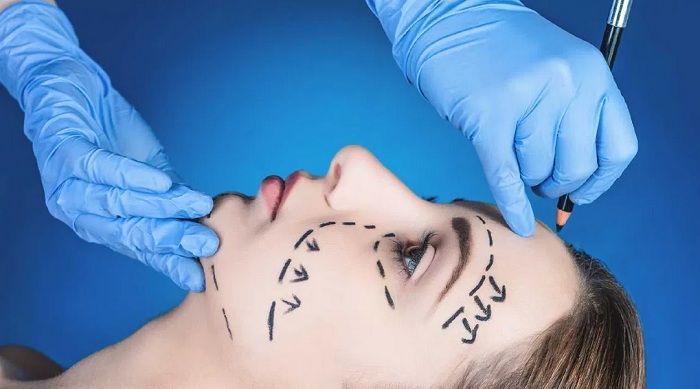It is worth noting that the researchers from IOCB Prague as well as Ghent University have been working on enhancing the properties of gelatin-based materials and hence expanding the possibilities of their usage, mainly within medicine.
In one of the papers within ACS Applied Engineering Materials, they have gone on to present 3D-printable materials that can be easily tracked by way of either making use of an X-ray machine or via computed tomography- CT.
Gelatin-based materials happen to be a hot topic of research throughout the last ten years since they happen to be straightforward to produce, non-toxic, biodegradable, inexpensive, and, above all, they happen to promote cell growth. Due to this, they are pre-eminently used in plastic as well as reconstructive surgery. It is worth noting that after a surgeon goes ahead and places an implant that’s made of such material into a wound, the body goes on to break it down and replace it with its own tissue. Such substances, hence, go on to speed-up wound healing and even help remoulding of tissues, for instance, when performing breast reconstruction after a mastectomy. Furthermore, the materials can be used for 3D printing implants that are customized for individual patients.
Thus far, however, there happens to be one big obstacle so as to tackle, namely that it has been extremely challenging in order to track the breakdown of such materials in the body by making use of conventional imaging methodologies. And this very hurdle happens to be the one that the researchers from IOCB Prague are working to overcome. An X-ray-contrast agent newly added to the materials, Radiopaque, makes it possible to track how fast implants shrink and whether they are intact or even damaged.
Ondřej Groborz from the research team of the Tomas Slanina-Photoredox Chemistry group happens to be the person behind this research at IOCB Prague. He goes on to explain that a whole series of academic papers happen to be written on this topic. The first of the lot introduces gelatin-based material that can go on to be monitored by way of magnetic resonance imaging. In other article, they endow materials with X-ray and also CT detectability as published in Applied Engineering Materials.
Due to this enhancement, researchers can go on to track such implants with time, observe their biodegradation, as well as detect possible mechanical failures. These data are especially useful within the clinical practice. Based upon the data that’s obtained, the biodegradation of implants can go on to be customized so as to meet certain clinical requirements. This is due to the fact that the tissues within the human body happen to grow at different rates, to which the traits of implants are required to get adapted. The objective is to make such implants biodegrade at the same rate as healthy tissue goes on to grow.
Ondřej Groborz happens to be cooperate on this research with Polymer Chemistry & Biomaterials Group- PBM at Ghent University. Apparently, it is Belgium that happens to be at the forefront in the medical usage of implants with this kind of structure. Furthermore, the partnership when it comes to IOCB Prague along with Ghent University happens to have the potential to transcend the commercial world. It is worth noting that both research institutions have already gone on to submit a joint patent application connected to the use of the described materials within the plastic as well as reconstructive surgery.


















